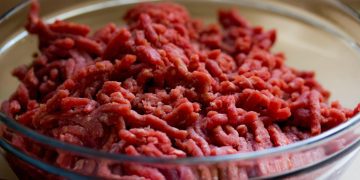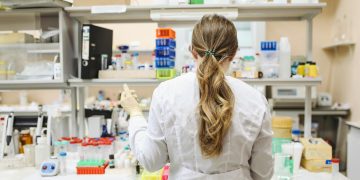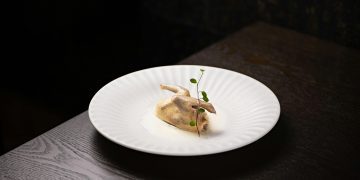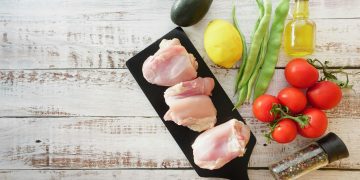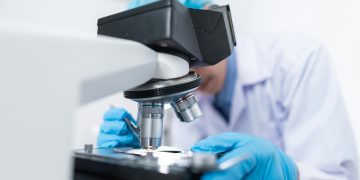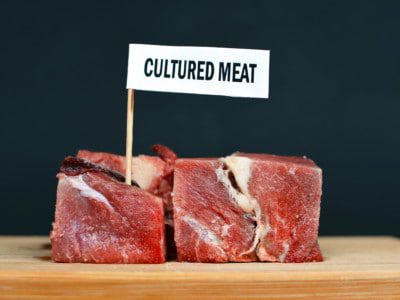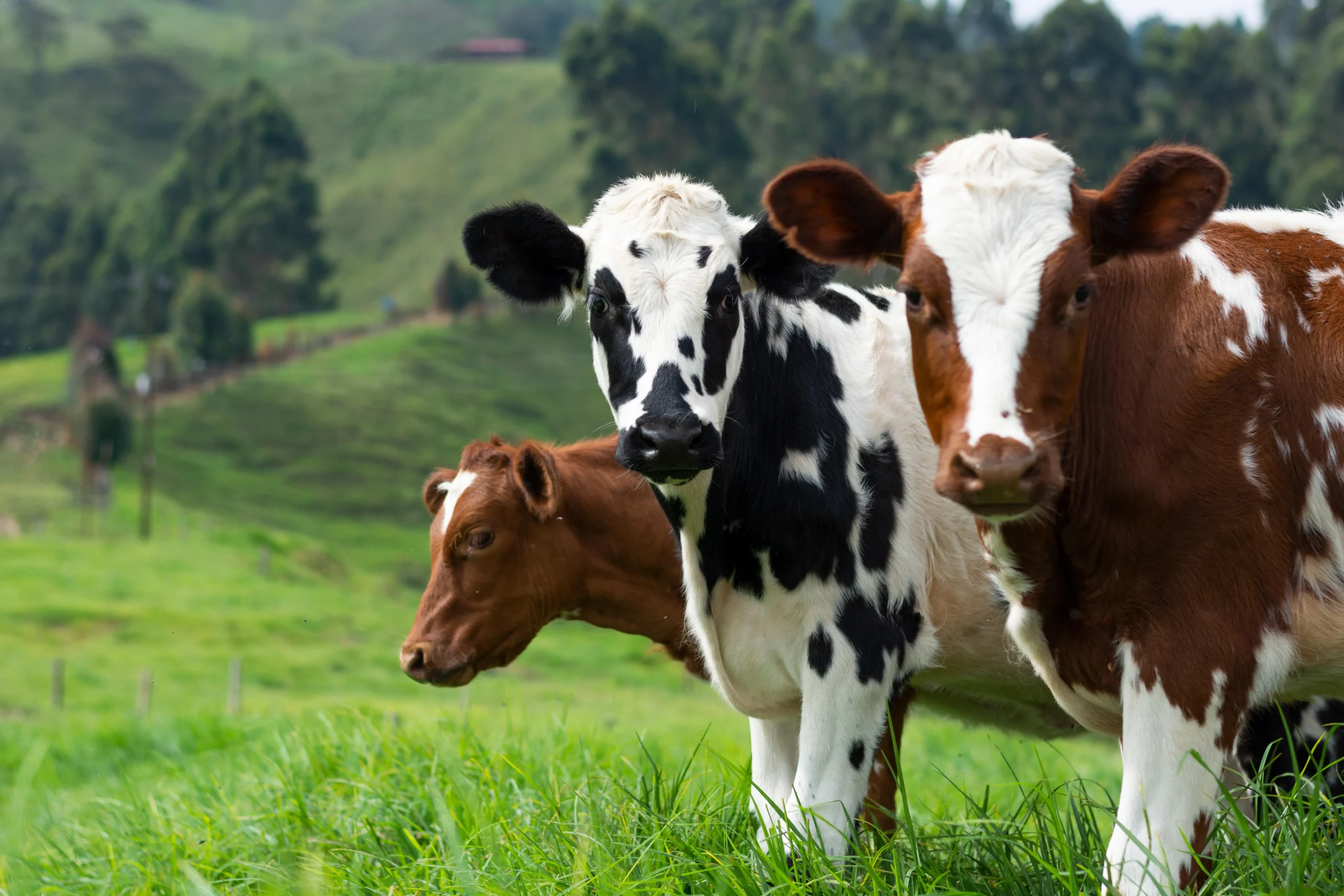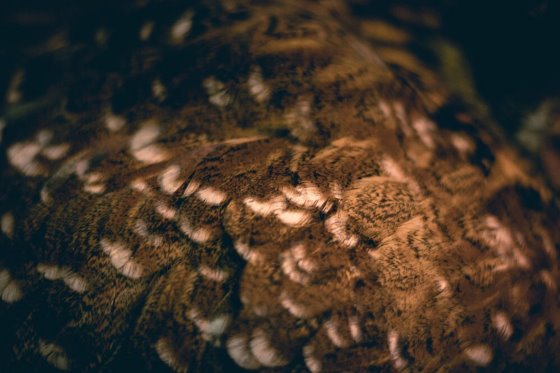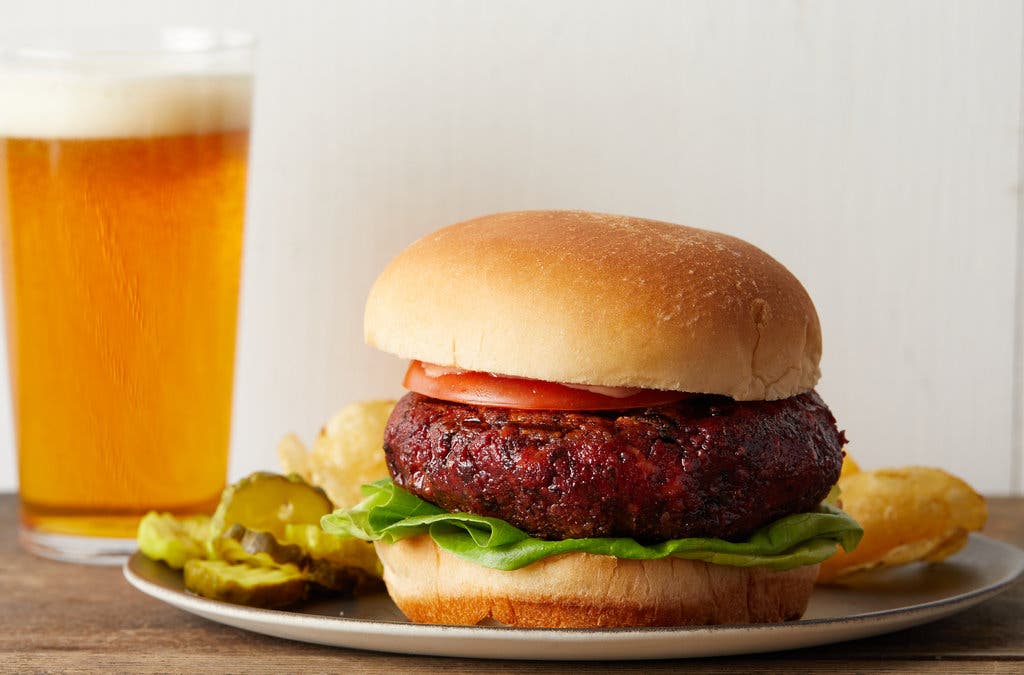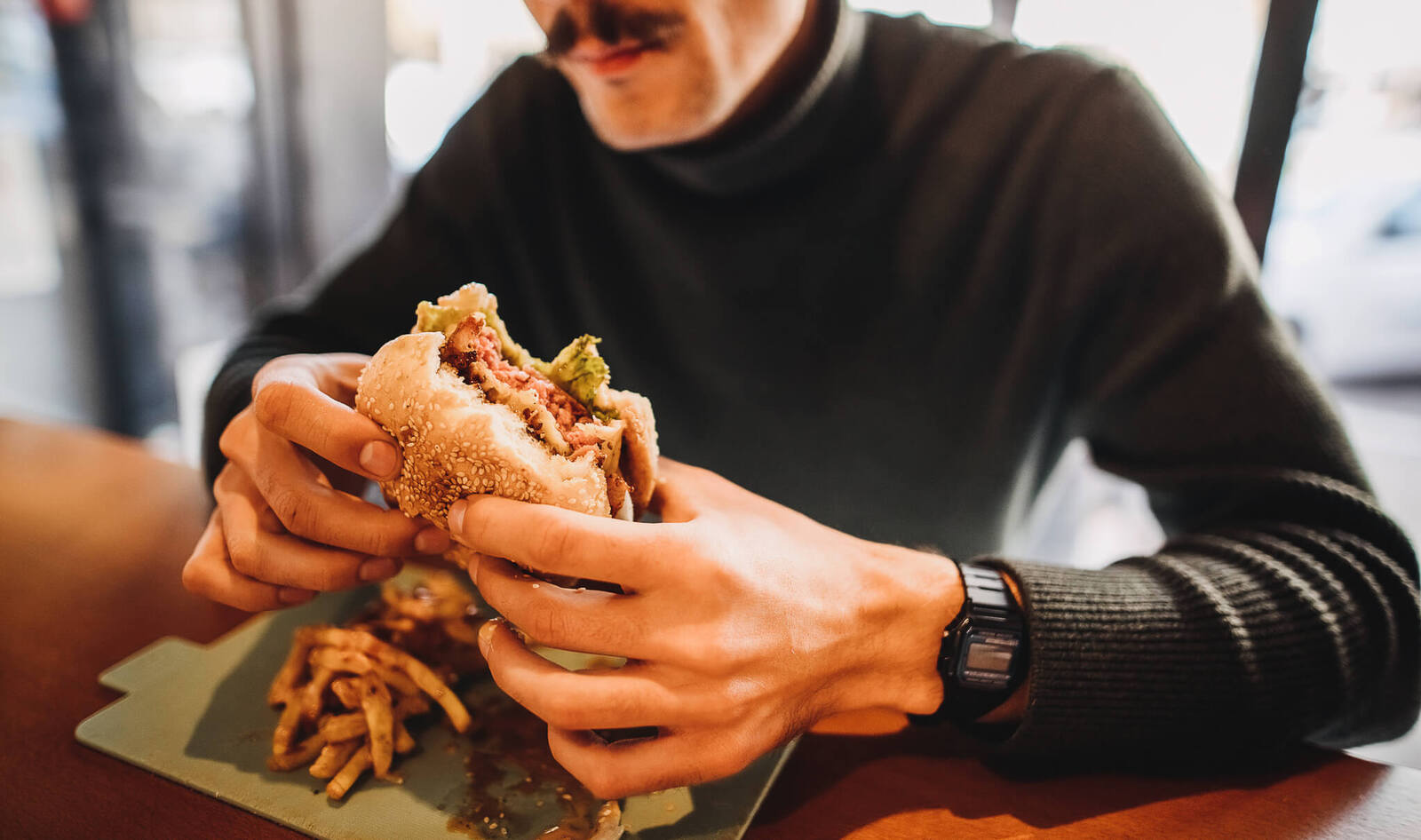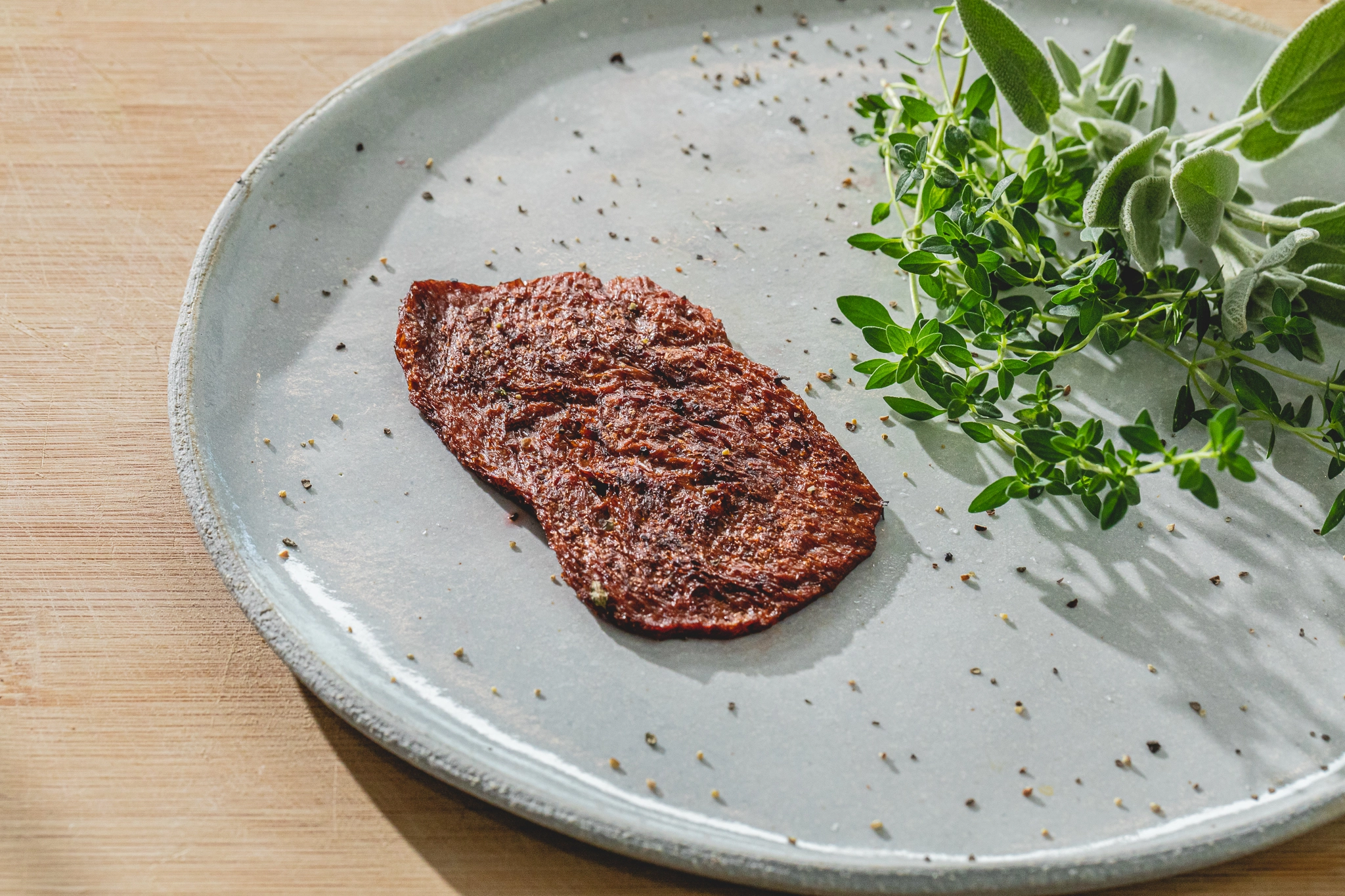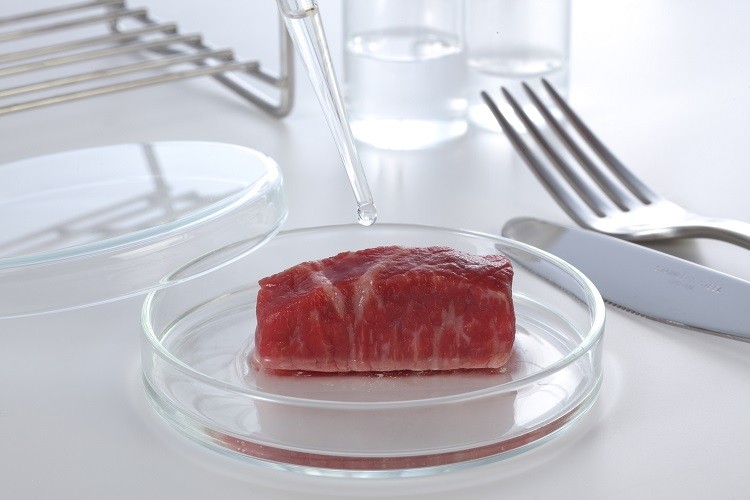Cultivated-meat companies are betting that they can grow meat in a lab to scale. Other experts aren’t so sure.
On the third floor of a nondescript office building in downtown Jersey City, Niya Gupta, the CEO of Fork & Good, leaned over a small paper bowl containing two pork dumplings. “It’s historic, right?” she said. “You’re going to be one of the first people in the world to ever eat this.”
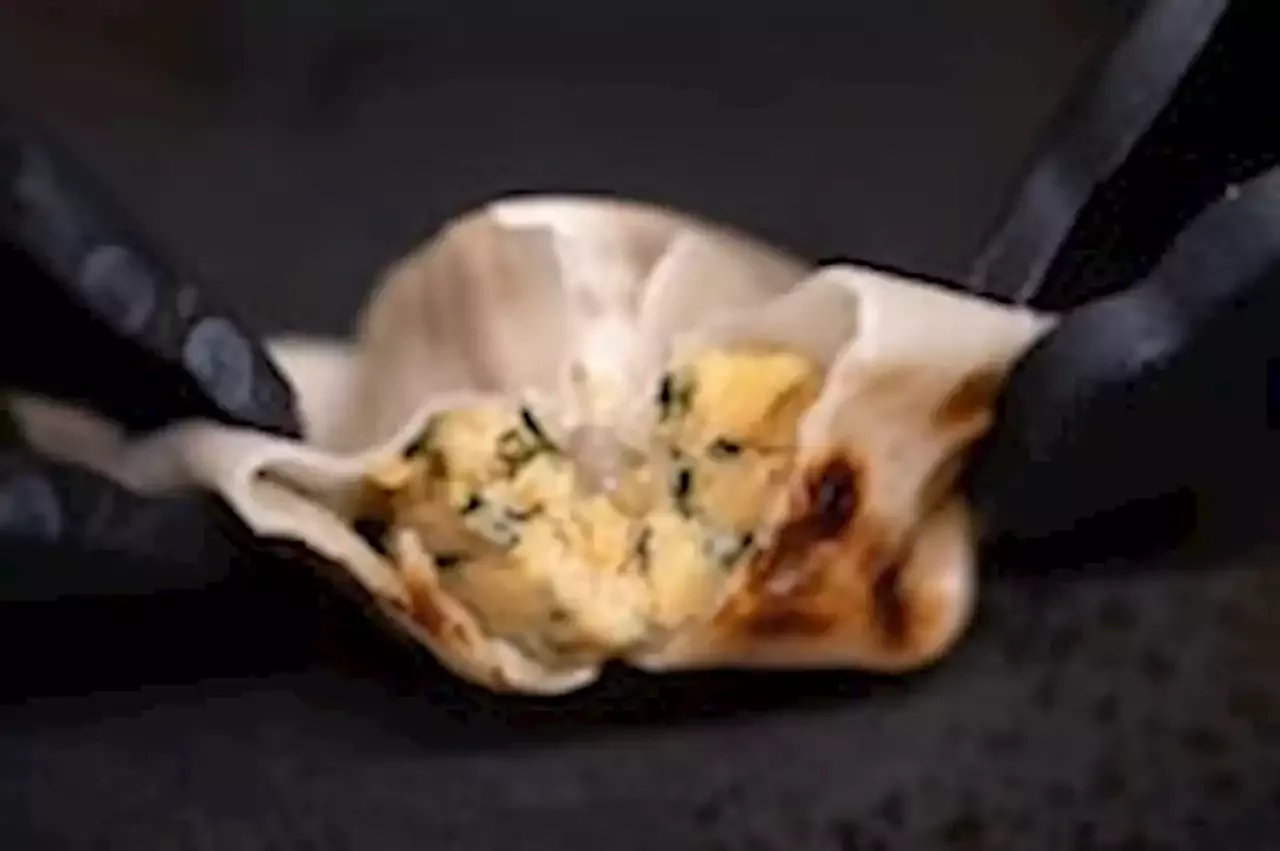
We were in a bright, colorful test kitchen and I was preparing to take my first bite of a dumpling filled with pork that had been grown in a vat just across the hall. We had already wandered through the company’s headquarters: a cramped office space where engineers tapped away at open-plan desks, followed by several spacious, light-filled laboratories.
One lab was filled with shining metal vats hooked up to various tubes, pipes, and electrical power; molecular biologists moved among them, adjusting pressures and checking levels. These were the “bioreactors,” which were churning in nutrients to feed the cells and receiving a slim trickle of meat cells in return.

** Click here to read the full-text **
